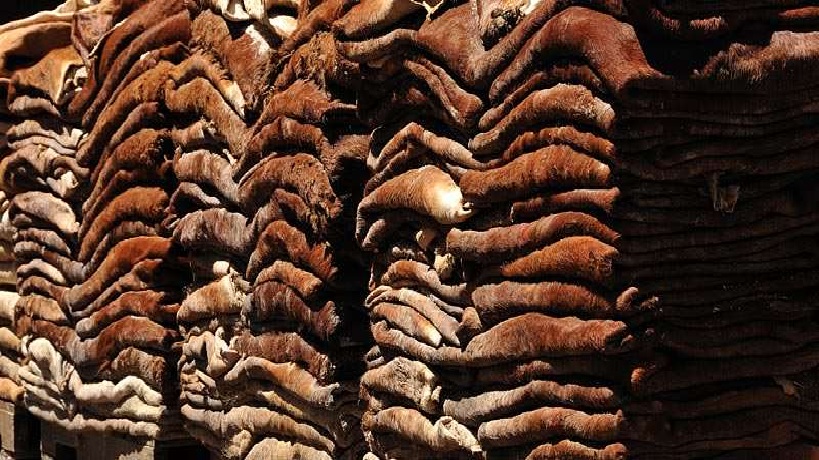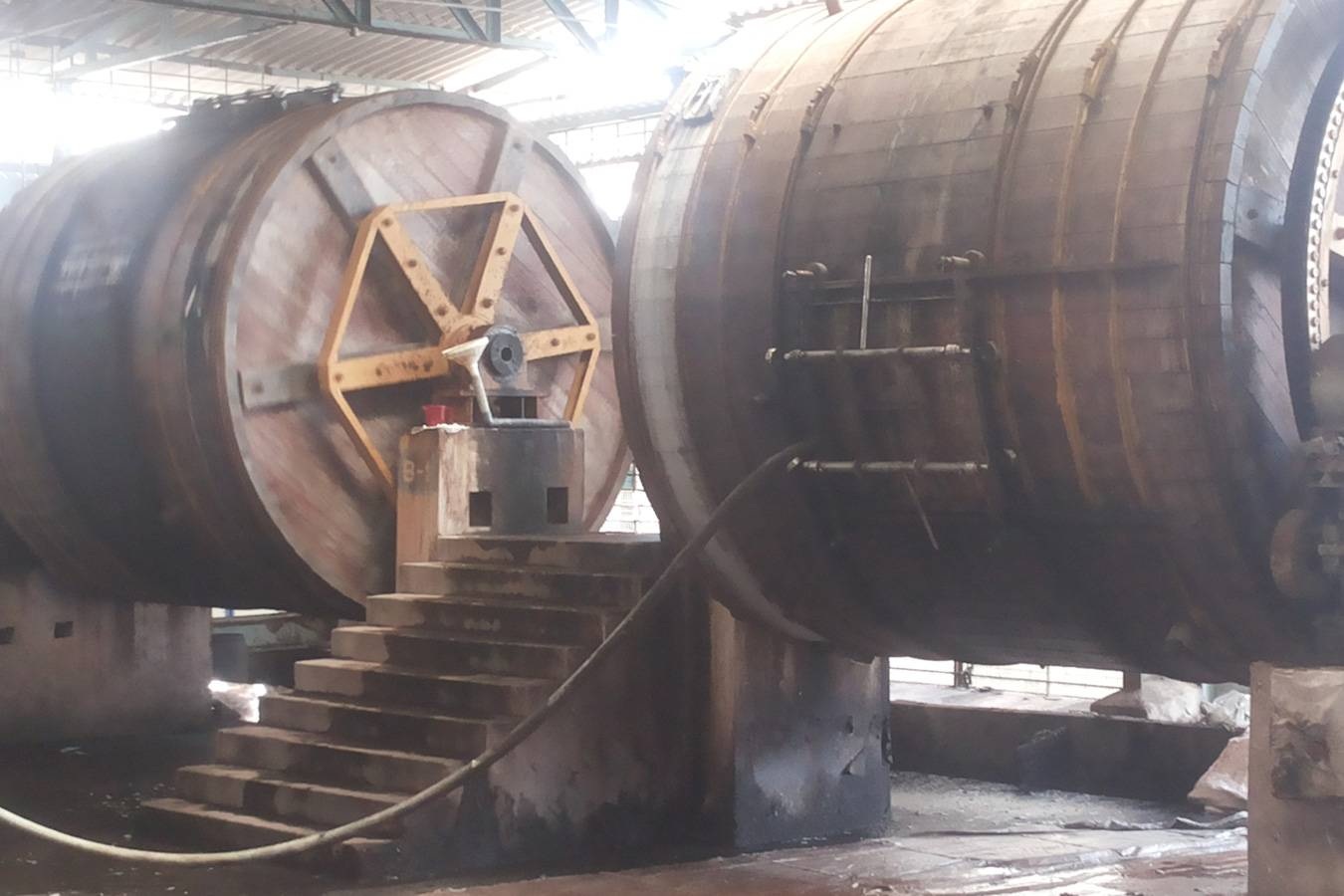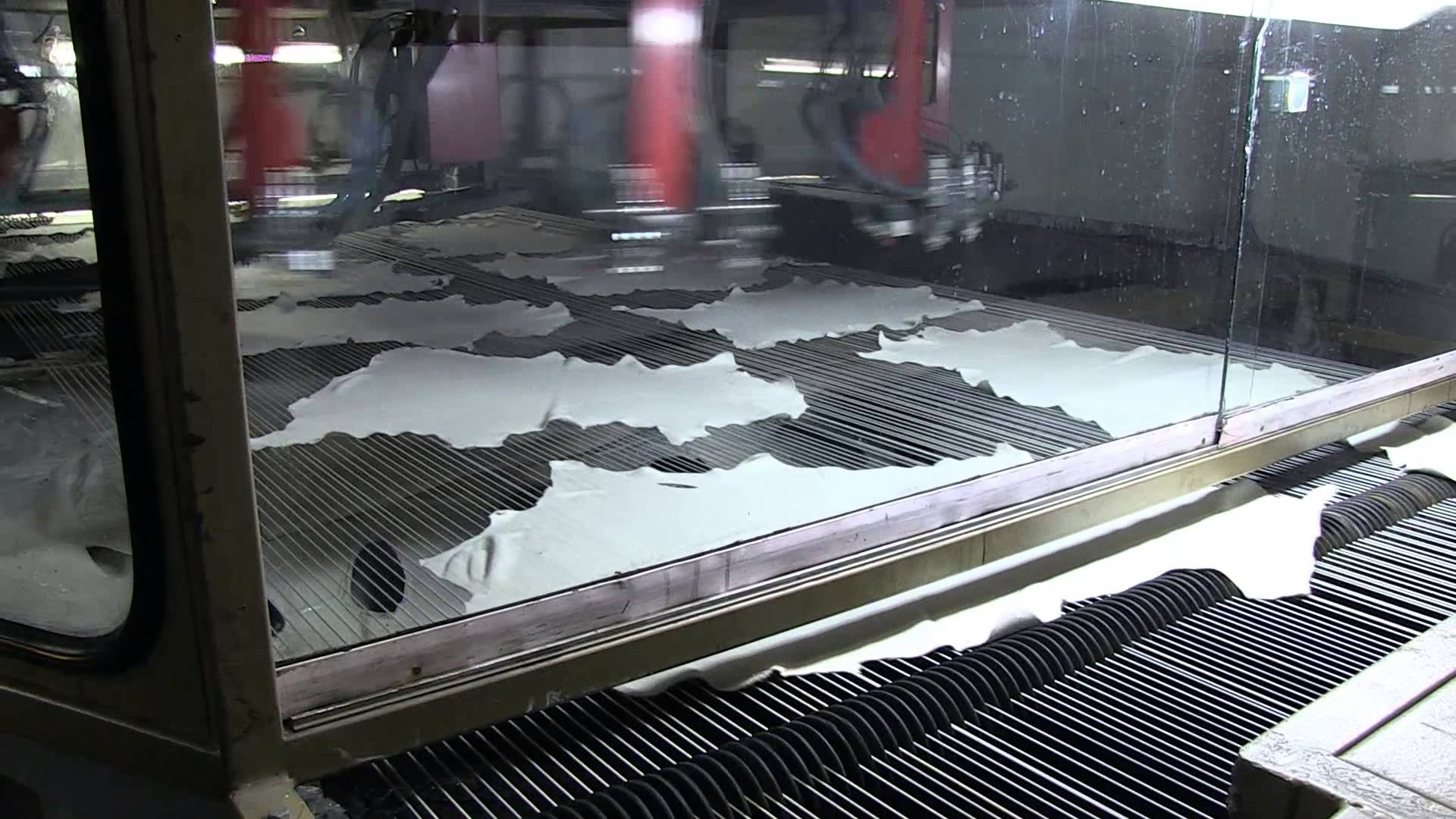Xordianz Leather is located in Chennai, Tamil Nadu. We are leading manufacturers and exporters of a wide range of finished Leather Our expertise in effectively utilizing latest range of process machinery under a single roof for meeting the involved processing demands also allow us to deliver exceptional quality in the finished leather.
We are also one of the leading exporters of Split Suede leathers from India to various other countries around the world. We have the expertise, capacity and competency to design and manufacture various styles of leather materials to meet Global standards.
XORDIANZ LEATHER is committed to develop, produce and market finished leathers in an environmentally responsible manner thus meeting all requirements integrated with continual enhancement of the environmental performance by adopting eco-friendly leather process and measures to control generation of effluents, waste, noise and emissions. Specifically, XORDIANZ LEATHER is committed to....
Our Mission
Our mission is to provide all our clients with the best possible experience in dealing with an Indian Manufacturer. We ensure customer satisfaction by understanding their requirements.
Our Vision
We aim to establish ourselves as India’s undisputed leader in the manufacture and export of leather products by focusing our attention on quality and on time delivery.
Leather is tanned animal skin or hide, which has been rendered rotproof and is the end-product of the operations carried out by tanneries.
Fresh or “green” hides and skins are cured to preserve them. Curing removes any water from tissues and thereby slows down the process of putrefaction, as any micro-organisms present develop. Coarse-grained rock salt (with particles 2 to 3 mm in diameter) is used, and antiseptic agents may also be added. During the curing process, hides and skins may lose up to 10% of their weight in water. They are stacked to allow the brine to drain away, inside premises with a relative humidity of between 70% and 90%. The temperature inside these premises is kept at around 10°C to optimise preservation.
After two weeks, the hides and skins are examined one by one, and sorted according to their thickness, the number of flaying defects, the presence of scars, or their weight and surface area.

Tanning is the operation whereby skin and hide are converted into leather, using tannins. These consist of substances of various kinds (vegetable, mineral such as chromium III salts & combination tanning) that convert the skin from a putrescible substance into a rotproof material, which is resistant to hot water and has a low water content.We call it wet blue leather ( If Chrome tanned ) or EI leather ( If Veg tanned )
After two weeks, the hides and skins are examined one by one, and sorted according to their thickness, the number of flaying defects, the presence of scars, or their weight and surface area.


The Wet blue or EI leather obtained in above steps , then undergoes the chemical and mechanical treatments required to produce its characteristic properties. Chemical processing will endow it with its colour, suppleness, fullness, etc., while mechanical processing will include shaving (to produce the desired thickness),Drum work ( Chemicals/dye to leather)
sammying (to remove any water still present) and setting-out (to stretch the leather and correct any folding-related defects) and the leathers are hooked to dry. Lastly the dried leathers are staked well to get required flatness and softness . It is called Crust leather in this stage .
At this stage, the Crust leather takes on specific properties, notably in terms of its texture and appearance. These properties enable the leathers produced to be standardised. Depending on the end-uses involved, the following finishes are distinguished:
